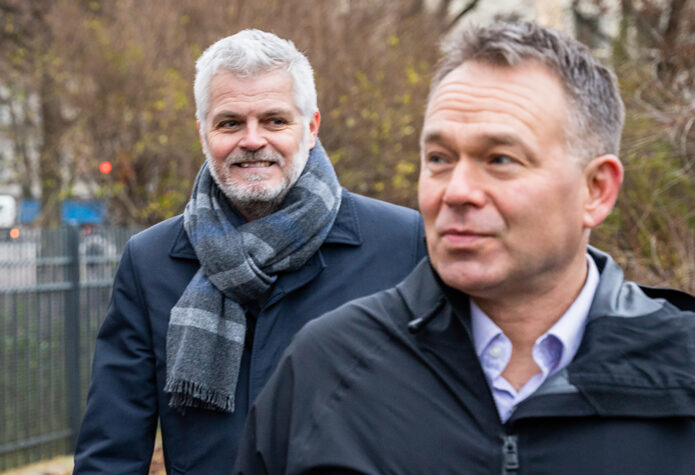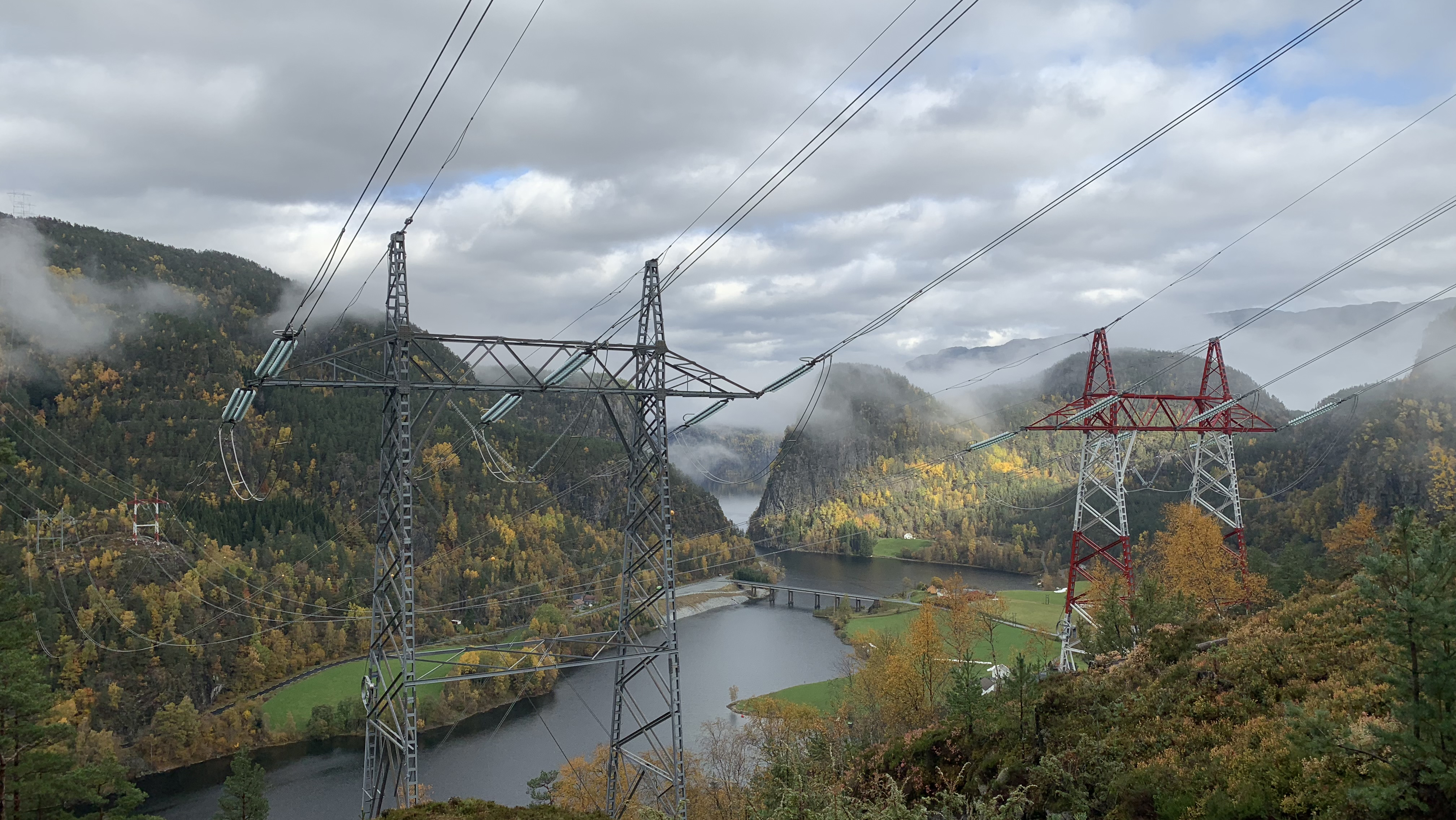Expanding energy networks for regional cohesion

Renewable energy sources and sufficient electricity supply play a vital role in securing sustainable development and climate change adaptation. NIB finances projects that strengthen production and transmission capacity to support cohesion and future investments in our member countries.
The electricity pool of the Nordic and Baltic countries (NordPool) is among Europe’s most advanced in terms of transmission network capacity and market design. The system mainly builds on hydro resources in Norway and Sweden. In winter, combined heat and power (CHP) plants are an additional source of energy production, contributing to the flexibility of the system.
The share of renewable power has increased on average from 68% to 77% during 2016-2020, and in most of the Nordic and Baltic countries, wind power and CHPs fuelled with solid biofuels have largely replaced biofuels in the energy mix. In the future, especially wind power will continue to increase, with hydro and CHP resources balancing the volatility of the intermittent production of wind power in the mix.
Alongside the offshore windfarms in the South of the region, the bulk of the wind power potential is located in the Northern parts of Finland, Norway and Sweden. The development of this potential is a key element in the plans of the region’s transmission system operators (TSOs) and distribution companies. To enable wind power connection and remove bottlenecks in the system, significant investments in the capacity of electricity networks will be required.
These investments will answer to both the supply and the demand side of the power market and benefit consumers, especially in Finland and in the Southern parts Sweden, where power prices have been significantly higher than in the North. This is also expected to put downward pressure on prices in Baltic countries, which have significant interconnections to Southern Finland and Sweden. In turn, investments in wind power will be facilitated on the supply side, as the price convergence between areas increases the commercial viability of wind power production in the north.

To support the electrification of our region, NIB finances a number of network development projects. Loans to Varanger Kraft, Arva, and Tensio finance investments that improve network the capacity and stability in Norway, enabling the integration of wind power into the power system. Further, the investments by Varanger Kraft are part of a long-term effort to develop a hydrogen production facility that utilises wind power.
Recent loans to Statnett and Fingrid, the TSOs of Norway and Finland, support the development of national grids to maintain stability and increase transmission capacity to accommodate increases in wind production. The investments by Statnett are of particular importance, as the increase in wind power preserves Norway’s hydropower capacity, which is the most efficient source of balancing power in NordPool. Moreover, the investments support capacity utilisation of the cross-border cables between Norway and Denmark, Germany, the Netherlands and the UK.
Investments supporting transmission and distribution of renewable power will also bring significant positive economic effects to the Arctic and other less populated areas in the region. The availability of low-cost renewable electricity has made the region attractive for new investments that aim for electrification of heavy industries or expanding operations of energy intensive industries.
For example, a loan to Northvolt AB supports the construction of one of Europe’s largest factories that will produce batteries for vehicles and power storage as well as other industrial purposes. The factory is located in Skellefteå, Northern Sweden, where it will create 1,350 jobs.
NIB has also supported electrification by financing investments in the steel and mining industry in Finland and Sweden, such as Boliden’s Kevitsa and Aitik mines. Steel producers like SSAB have started to go fossil-free in their production, which will require substantial generation and transmission capacity for renewable electricity.